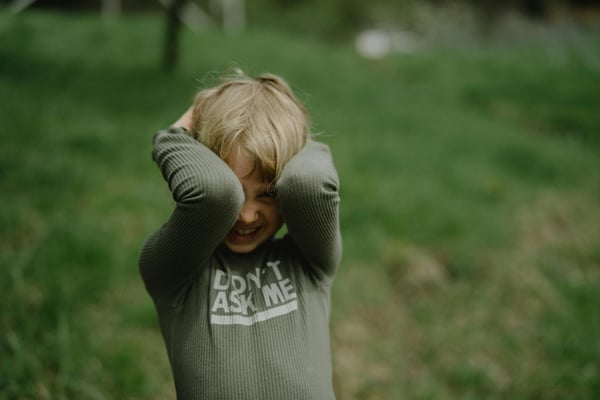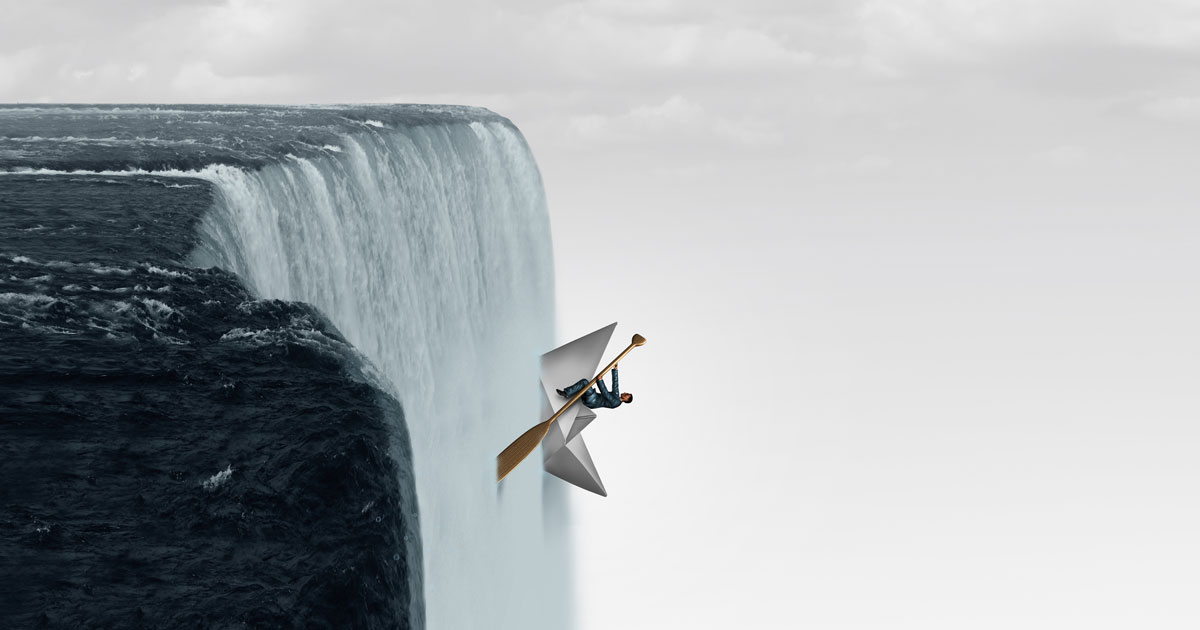Head Lice Advice: Don't Panic!
With your kids back in school, lots of stuff comes home—permission slips, lunch menus, beautiful artwork for the refrigerator door—all with that familiar classroom Tempera paint fragrance. And all lovingly welcome, until you get the memo on the little quarter sheet tucked behind the red folder flap. There’s a classmate with head lice. It’s almost more dreaded than strep throat or even COVID.
You can groan, but don’t panic. Lice don’t jump or fly from person to person, despite what you’ve heard. They spread by way of shared clothing, hats, helmets, bedding, hairbrushes, and the like.
Head lice are not a sign of poor hygiene. It’s just a common problem. It affects all races and ethnicities, and it’s estimated there are 6 to12 million infestations each year in children in the US. They don’t transmit disease, but their unwanted presence is associated with social stigma and creates anxiety and absence from school or daycare.
If you know your child has been exposed, the first thing you need to do is look. No treatment is advised unless you see active lice. They are whitish-grey parasitic insects 2 to 3 mm in length, about the size of a sesame seed. It’s called a louse. It hooks itself to the host’s scalp, and like a mosquito, injects a small amount of saliva into the scalp and feeds on the host’s blood. The louse lays its eggs, called nits, next to the scalp—and in five to nine days, they hatch. Adults head lice can live about a month on the scalp, but only one to two days away from it.
It usually takes 4 to 6 weeks for symptoms to appear. The most common symptom is itching at the hairline, which is a reaction to the louse saliva. If you see one, that confirms the diagnosis but resist the instinct to panic. It’s a wrong call when you think you are seeing eggs when it’s just dandruff, dry skin, or hair product residue. The best way to know if it is lice is to wet comb your child’s hair—doing so has a much higher sensitivity than inspection alone, and most often, if lice are present, wet combing as a treatment is all you need to do.
How to wet comb properly:
- Wash your child’s hair with shampoo, do not use conditioner, and leave wet, placing a towel around their shoulders to catch lice or nits
- Use a wide tooth comb or hairbrush to detangle their hair, and section into smaller pieces
- Use a nit comb or fine-tooth comb, and one very small section at a time, start at the scalp and pull the comb through one section at a time, all the way to the end
- Check the comb for lice or nits after each stroke, rinse in soapy water, or wipe the comb
- Keep your child’s hair wet; use a spray bottle of water if necessary
- If you get the lice, but can’t get the nits, a vinegar spray will dissolve the nit “cement”
- When you are done, sanitize your comb and towel in water > 130 degrees for 5 to 10 minutes, dry the towel in the hot cycle of your dryer
Be assured, wet combing can effectively remove the lice and nits. If wet combing only triggers your anxiety about “if” they are gone, your best bet is to talk to your pharmacist or healthcare provider. There are various over the counter and prescription medications called pediculicides available, and each has a safe place in therapy.
This is a topic that makes you want to itch. It’s worth having this knowledge in your toolbox if you have school age kids, and there are control measures for home and at school. If your child comes home with lice, proper cleaning of the bed linens, clothing, stuffed toys, and towels is necessary. It’s the same as for the towel you used when wet combing—wash in very hot water and dry hot. Vacuum the floor and furniture within two days of the infestation, but louse survival off the body is short. Beyond 48 hours is unlikely.
It’s reassuring to know that head lice in the classroom have low rates of contagion or spreading. Kids should not stay home from school if they have lice. But head-to-head contact needs to be avoided. Your wonderful school nurse may do the head exam for you, but it’s best if you also do it at home.
Head lice are indeed a bother, but in schools, it’s inevitable that your child may be exposed to or bring home lice. Lice happens despite our best efforts—just like a cold, pink eye, and scraped knees. Childhood wellness and family medicine are part of Viaro’s commitment to whole-person care. If you have questions about your health, or those you love, Viaro is here. You belong at Viaro.
Teresa Pulvermacher, FNP-C
President, ViaroHealth
For questions or comments, contact wellness@viarohealth.com



